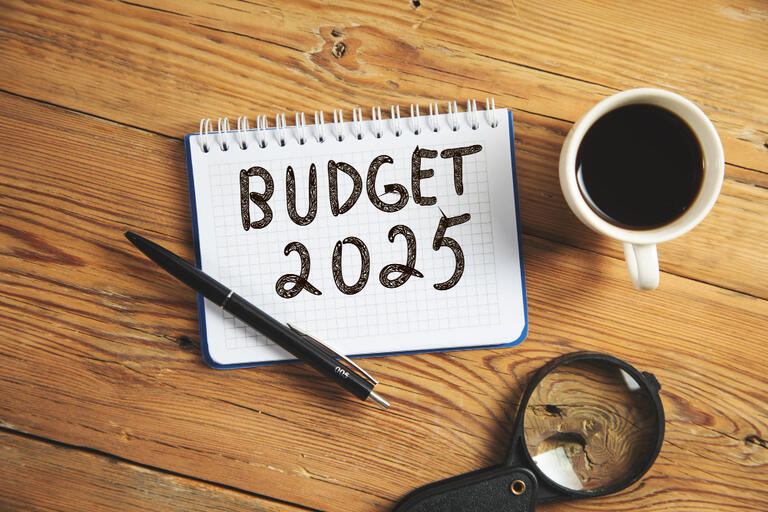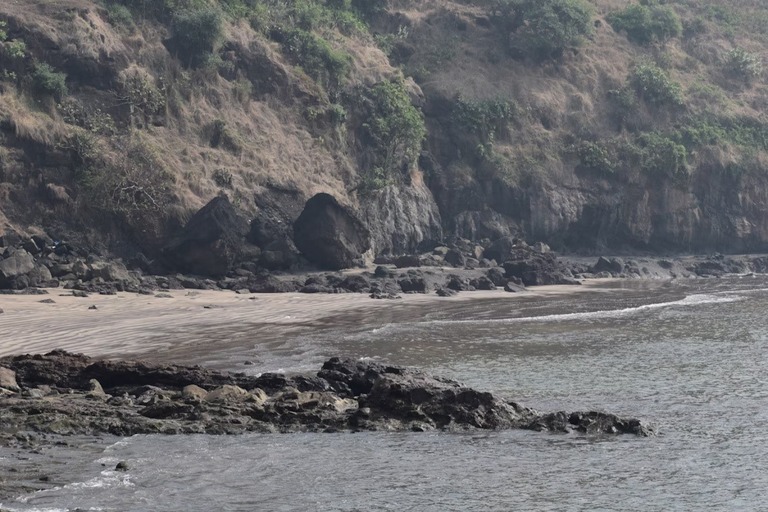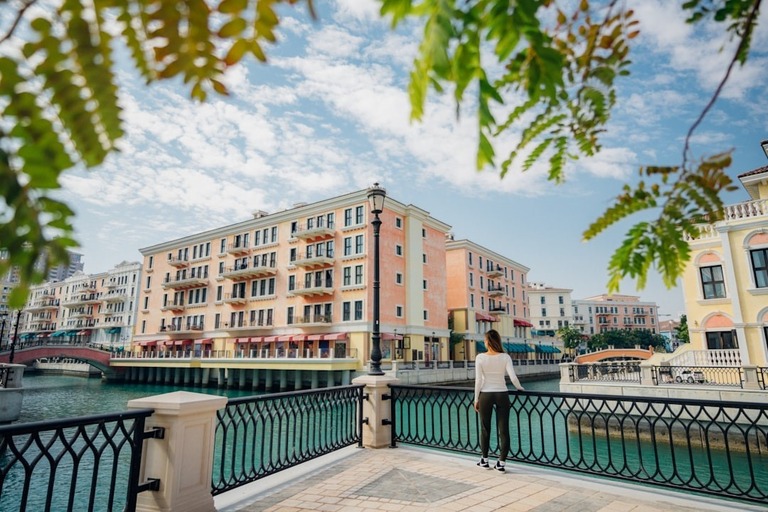
Budget 2025: A Complete Guide to Forex LRS and TCS for Indian Travelers
Table of contents
What are the Liberalized Remittance Scheme (LRS) and TCS Increase in Budget 2025?
The Union Budget 2025 has introduced key changes to the Liberalized Remittance Scheme (LRS), directly impacting Indian travellers, students, and medical tourists. One of the most significant updates is the increase in the Tax Collected at Source (TCS) threshold under LRS from ₹7 lakh to ₹10 lakh.
Before the Change:
- A 5% TCS was applicable on international remittances exceeding ₹7 lakh.
After the Change:
- The threshold has been raised to ₹10 lakh, reducing the tax burden on outbound remittances.
- Travellers, students, and medical patients can now send higher amounts abroad without facing immediate tax deductions.
Impact on Indian Travellers:
- Outbound tourism becomes slightly more affordable as the higher threshold allows travellers to spend more without additional taxes.
- Students studying abroad and patients seeking medical treatment overseas benefit from lower tax outflows on tuition and medical expenses.
- Indian businesses making payments for overseas services or investments also get a higher limit before TCS kicks in.
Also Read: Need To Know About Taxation Of Money Transferred To and From India
Forex Impact on Tourism:
Foreign exchange (forex) inflows from inbound tourism play a crucial role in India’s economy. The Budget 2025 has proposed several measures to boost forex earnings through tourism, making India a more attractive destination for international travellers.
Key Budget Initiatives for Tourism:
- Development of World-Class Tourist Sites: New policies to enhance popular destinations, improve infrastructure, and streamline visitor experiences.
- Improved Hospitality Infrastructure: Hotels, resorts, and homestays receive government support for better amenities.
- Simplified Visa Processes: Faster e-visas and dedicated tourism visas will encourage more foreign tourists to visit India.
How This Affects Forex Reserves?
The forex industry of India gets impacted with these changes. Here’s how:
- More Foreign Tourists = Higher Forex Inflows:
Increased international travel to India strengthens forex reserves and supports the balance of payments. - Medical and Wellness Tourism Growth:
India’s strength in affordable, high-quality healthcare attracts high-spending international visitors. - Cultural and Religious Tourism Boost:
Investments in heritage sites and pilgrimage routes will draw global tourists, increasing forex earnings.
Medical Tourism: A Growing Sector
India has emerged as a global hub for medical tourism, offering world-class healthcare at a fraction of the cost compared to Western countries. Budget 2025 focuses on expanding India’s medical tourism capabilities through policy incentives and infrastructure investments.
Finance Minister Nirmala Sitharaman unveiled plans to boost the ‘Heal in India’ initiative through partnerships with the private sector, underscoring the government’s dedication to strengthening the medical tourism sector.
The initiative will involve close collaboration with private hospitals and healthcare providers to draw international patients to India, offering them access to high-quality, cost-effective medical treatments.
Why India for Medical Tourism?
India has emerged as a leading destination for medical tourism, thanks to its unique blend of high-quality healthcare services offered at a fraction of the cost compared to Western nations. The country boasts a large pool of highly skilled doctors, many of whom have received training in the West, along with English-speaking medical staff that ensures seamless communication for international patients.
Additionally, India provides a diverse range of treatments, including traditional practices like Ayurveda, further enhancing its appeal. This combination of affordability, expertise, and holistic care makes India an attractive choice for patients worldwide seeking cost-effective and comprehensive medical solutions.
- Cost Advantage: Treatments in India are 60-80% cheaper compared to the US and Europe.
- Advanced Healthcare Facilities: Leading hospitals provide state-of-the-art treatments in cardiology, oncology, orthopaedics, fertility, and cosmetic surgery.
- Shorter Waiting Periods: Many international patients prefer India due to quicker access to procedures compared to long waiting times in their home countries.
- Highly Skilled Doctors: Indian specialists are recognised globally for their expertise and success rates.
Government Initiatives for Medical Tourism:
There are multiple government initiatives to promote medical tourism in India. It boost both healthcare as well as the travel and forex industry as they work for the same cause!
- Dedicated Medical Visa (M-Visa): Streamlined visa approval process for patients and their attendants.
- Infrastructure Development: New hospitals, wellness centres, and accommodation facilities for medical tourists.
- Promotion of Ayurveda and Holistic Wellness: The Budget supports traditional medicine centres for global wellness seekers.
- Public-Private Partnerships (PPP): Collaborations between the government and private hospitals to promote India as a medical tourism destination.
Economic Benefits of Medical Tourism:
- Increased Forex Inflows: Medical tourists bring foreign currency, boosting India’s forex reserves.
- Employment Generation: The sector supports doctors, healthcare staff, travel agencies, and hospitality businesses.
- Expansion of Healthcare Infrastructure: Higher medical tourism demand leads to better hospitals, technology upgrades, and new medical facilities.
Impact on the Indian Economy:
The Budget 2025’s focus on tourism and medical travel is expected to have a positive impact on the Indian economy:
- Higher Foreign Exchange Earnings:
A growing number of foreign tourists and medical travellers will contribute to forex reserves. - Boost in Employment:
More jobs will be created in healthcare, travel, hospitality, and related sectors. - Stronger Business Opportunities:
Indian companies catering to medical tourism will attract global partnerships and investments.
Conclusion
The increase in the TCS threshold under LRS from ₹7 lahks to ₹10 lahks provides relief to outbound travellers, making international remittances more tax-efficient. At the same time, India’s focus on tourism and medical travel is set to strengthen forex inflows and economic growth. With strategic policies, infrastructure improvements, and business-friendly reforms, India is well-positioned to become a top global destination for both leisure and medical travellers.
Travellers, businesses, and investors should leverage these changes for smarter financial planning while exploring international opportunities. The Budget 2025 lays the groundwork for a more travel-friendly and forex-positive economy, benefiting both Indian citizens and global tourists alike.
Table of contents
Our Forex Offerings
Trending blogs for you
 18002099100
18002099100




















